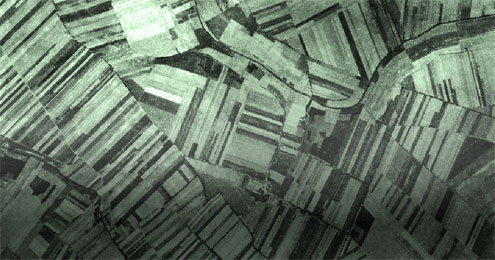Kolektivizace v NDR (1945 - 1961). Cesta do chudoby?
Collectivisation in the GDR (1945 – 1961). The Road to Poverty?
Author(s): Radek Soběhart, Lukáš NovotnýSubject(s): History, Economic history, Post-War period (1950 - 1989), History of Communism
Published by: Historický ústav SAV
Keywords: Collectivisation; Land reform; Communism; Property-rights; New institutional economics; German democratic republic;
Summary/Abstract: The aim of study is an analysis of collectivization in the German Democratic Republic (GDR) in fifties of the 20th century. On the basis of the new institutional economics and the theory of public choice text defines new questions during the research of efficiency of agriculture in the context of centrally planned economy. New institutional economics is concerned with the role of formal and informal institutions during human decision making, expectations and motivation. Also it represents the methodological support in research of life quality and wealth of nations, which is one of the main questions of economic history. The theory of public choice deconstructs the role of national economies and put an emphasis on act of individuals and interest groups, that fundamentally affects political-economic cycle no matter on interests of majority.Is not possible to detach collectivization from overall „institutional revolution ", which started in Soviet occupation zone after 1945 and was connected with implementation of land reform. With use of collective guilt principle, Communist Party of the GDR enforced confiscation of agricultural lands of sizeable landowners (over 100ha) and government supervision over next redistribution of land. In a fundamental way it influenced the institute of private property. The land reform, however, has not brought increased efficiency in agriculture and self-sufficiency of the agricultural sector, therefore the Communist Party enforced at the beginning of fifties the collectivization, which was connected with the announcement of „class struggle" in the villages, involving the protective apparatus and with overall liquidation of private agriculture in the GDR.The last part of the text is dealing with the legacy of collectivization of former East Germany agriculture after the year 1990. On the one hand dominates positive perception of connecting farmsteads into larger units, but the efficiency and productivity have risen after the acceptance market mechanism and after new defining of private property. In this context the collectivization symbolizes illegitimate and violent state interventions into private ownership, which were motivated by political interests of concrete interest group – Communist Party, regardless of the fall in the living standards of the population in the former GDR.
Journal: Forum Historiae. Časopis a portál pre históriu a príbuzné spoločenské vedy
- Issue Year: 10/2016
- Issue No: 1
- Page Range: 135-152
- Page Count: 18
- Language: Czech

